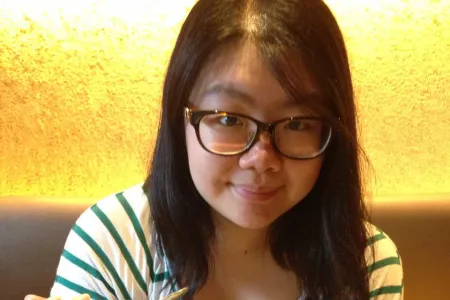
360°: Perspectives on Sustainability
We invite students to study the history of disaster rebuilding and the impact of the built environment on art and literature as part of broader networks of interactions both in East Asia and the West.
We invite students to study the history of disaster rebuilding and the impact of the built environment on art and literature as part of broader networks of interactions both in East Asia and the West.
In the light of the recent earthquake and tsunami and the ongoing disaster at the Fukushima nuclear plant in Northeastern Japan, questions about form and function of Japanese cities have come to the attention of the global public once again. We invite students to study the history of disaster rebuilding and the impact of the built environment on art and literature as part of broader networks of interactions both in East Asia and the West. This 360 is a set of three interlinked courses on the Bryn Mawr and Swarthmore campuses. In addition to the coursework, it provides students with volunteer, intern, and research opportunities in the Tohoku area. The courses at Swarthmore may also be taken independently.
Courses
This course, taught by Tomoko Sakomura, examines how Japanese landscapes and cityscapes have been (re)constructed and (re)imagined in the pictorial field. Students will explore historical and contemporary modes of pictorial representation and the role of artifacts in the production and conservation of cultural memory, as we navigate the relations between place, representation, and context with case studies from the past and the present.
Taught by Carola Hein. Natural and man-made disasters have destroyed Japanese cities regularly. Rebuilding generally ensued at a very rapid pace, often as a continuation of the past. Focusing on the period since the Meiji restoration of 1868, this course explores natural and human made destruction and consequent rebuilding up to the recent disaster in Fukushima. Through the story of disaster and rebuilding emerge different approaches to permanence and change, to urban livability and sustainability.
This course, taught by Will Gardner, will explore documentary and fictional representations of the Japanese landscape and cityscape in crisis, and the relationship of narrative to issues of historical memory and cultural and social change, with special attention to the role of the March 2011 Northeastern Japan tsunami and Fukushima nuclear disaster as a catalyst for change in contemporary Japan.
Disasters and Rebuilding in Japan: Perspectives and Testimonies from the Tri-Co Collection
The exhibition was hosted in the Eva Jane Romaine Coombe '52 Special Collections Suite Gallery, 2nd Floor, Canaday Library during the Spring semester, 2014.

A Summer Postcard from Angie Koo '15
Following her 360 experience, Angie Koo, '15 spent the summer hosted by Tsuda College in Tokyo researching Japan’s energy policies before and after 3.11, especially in regards to nuclear energy and renewable alternatives and the differences that may exist between the national and the local response.